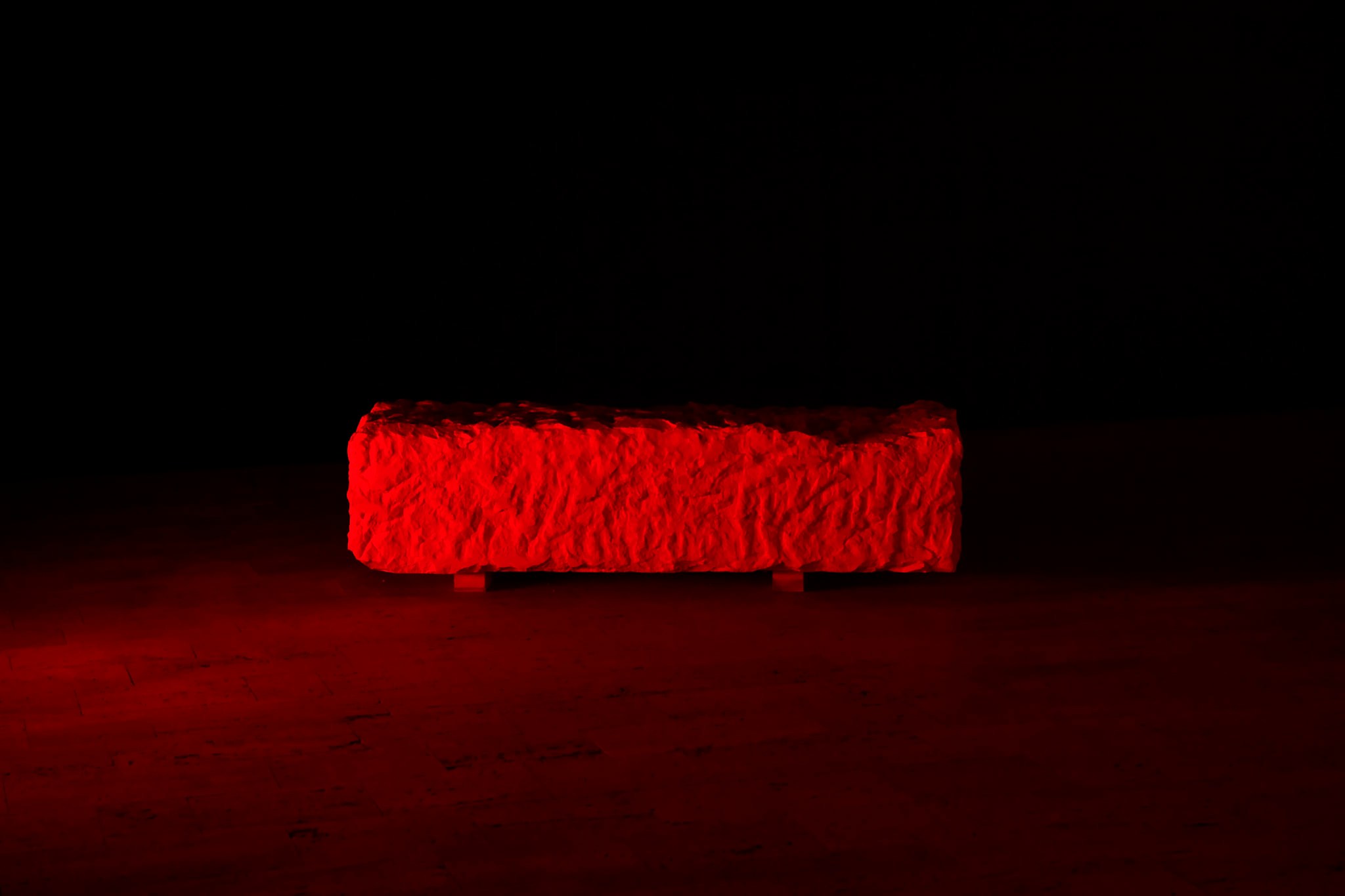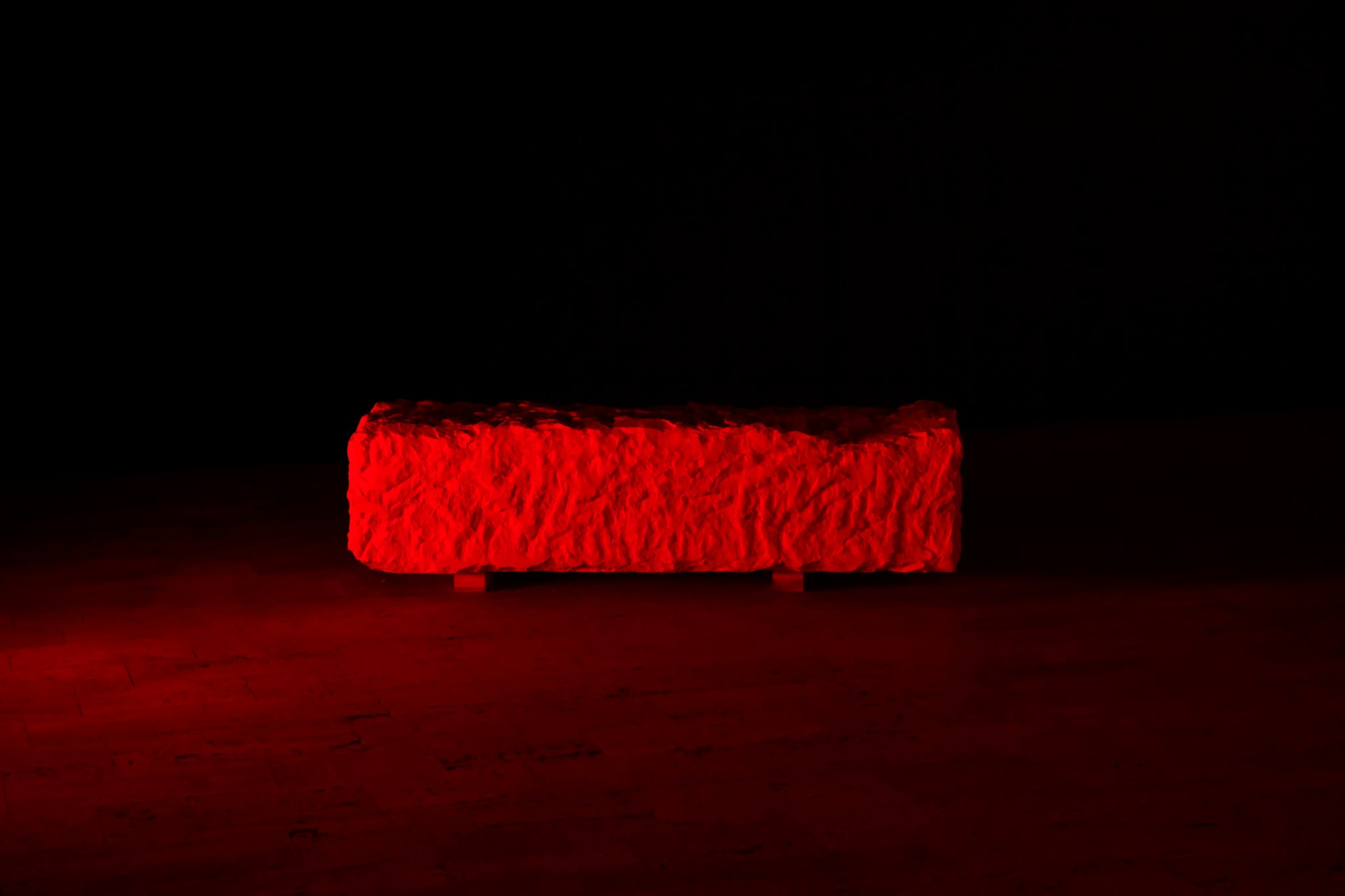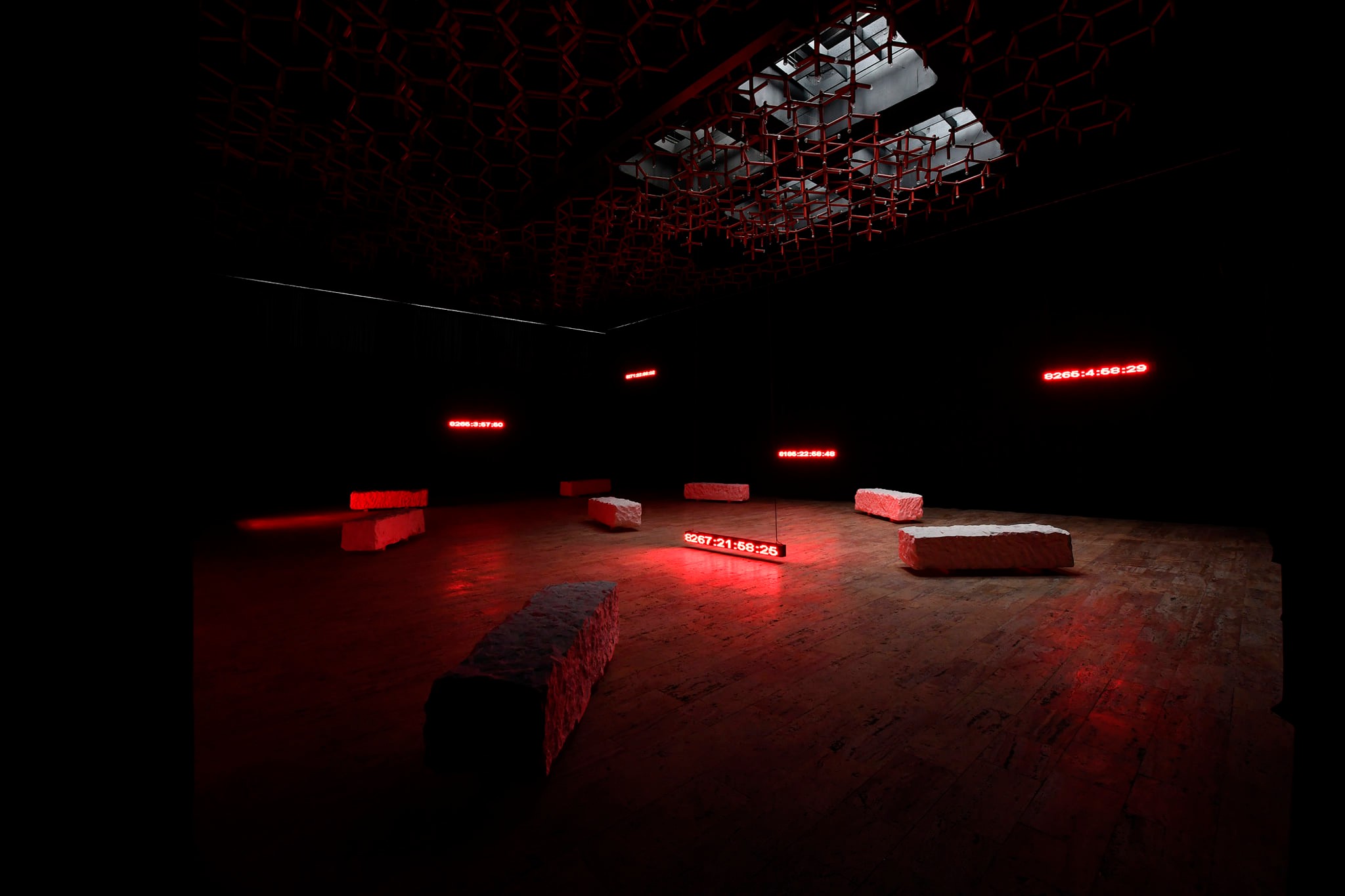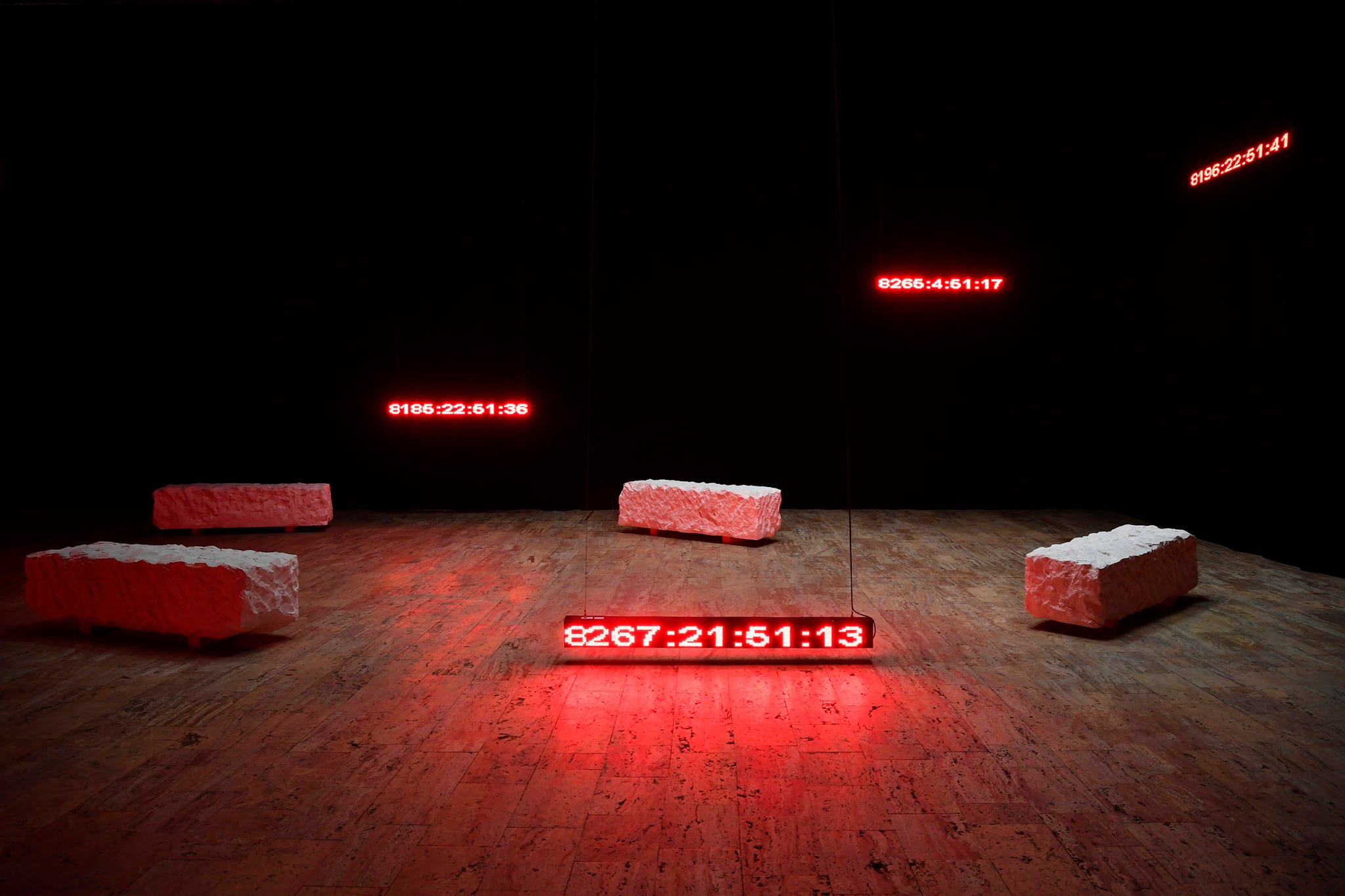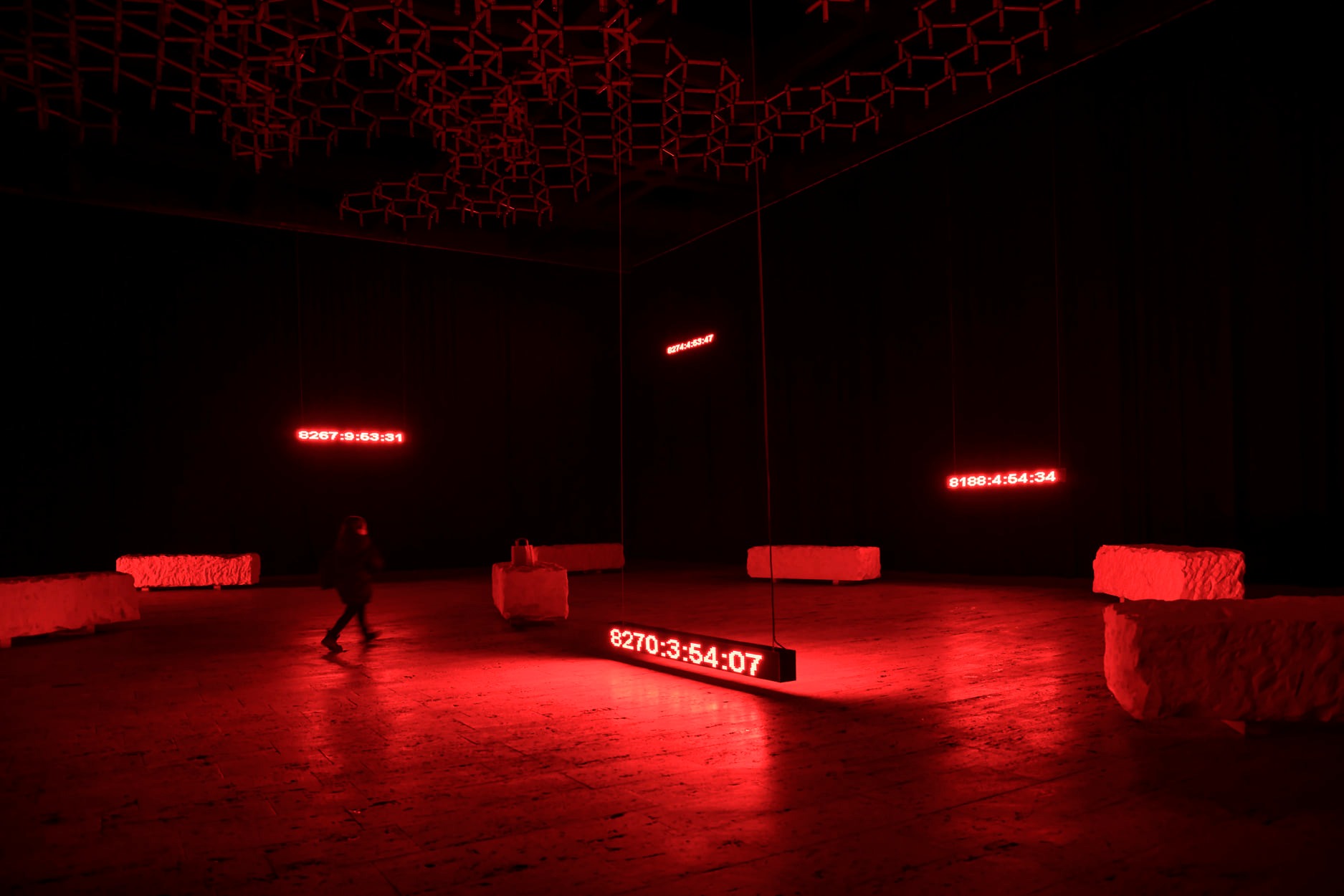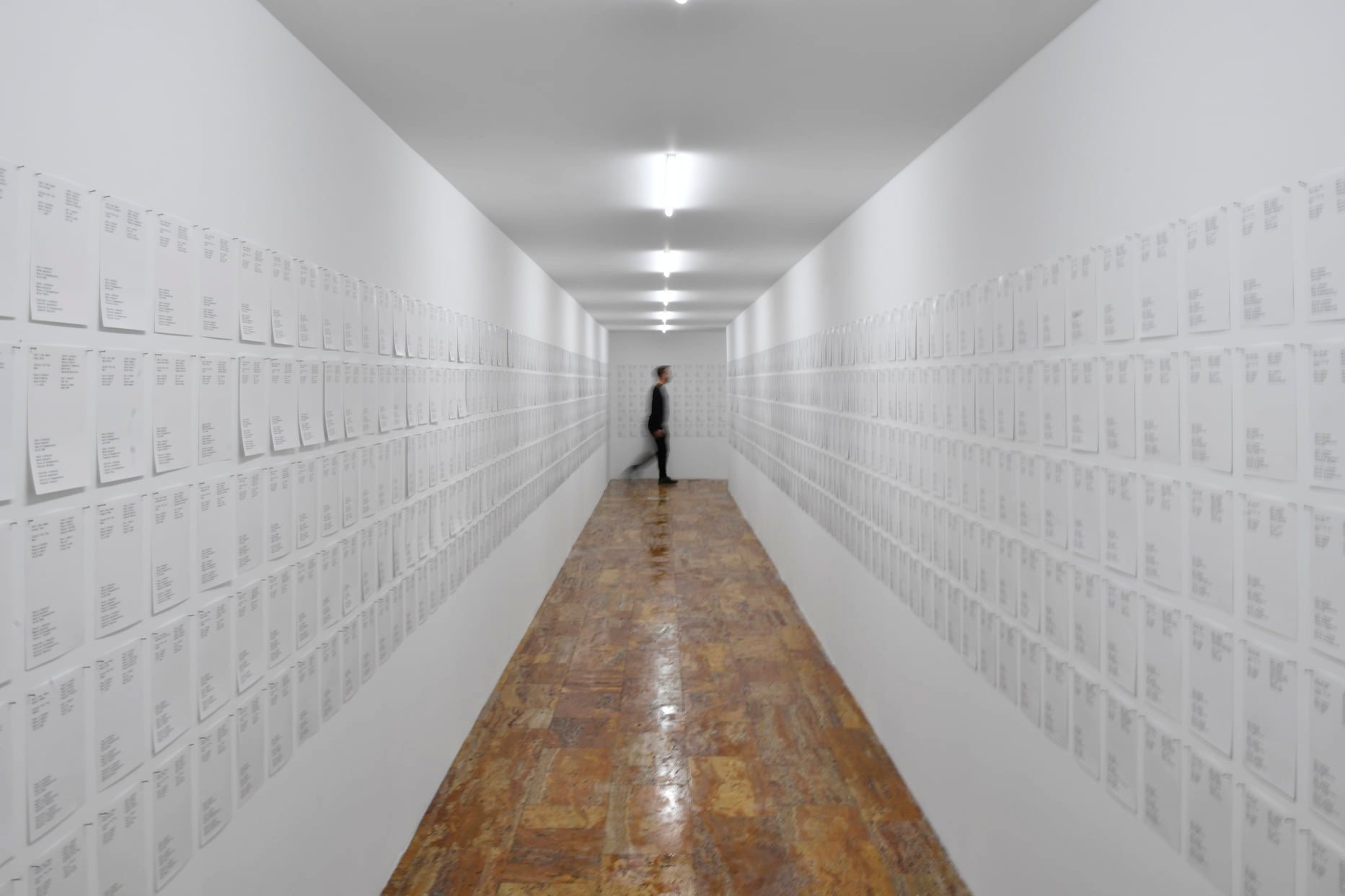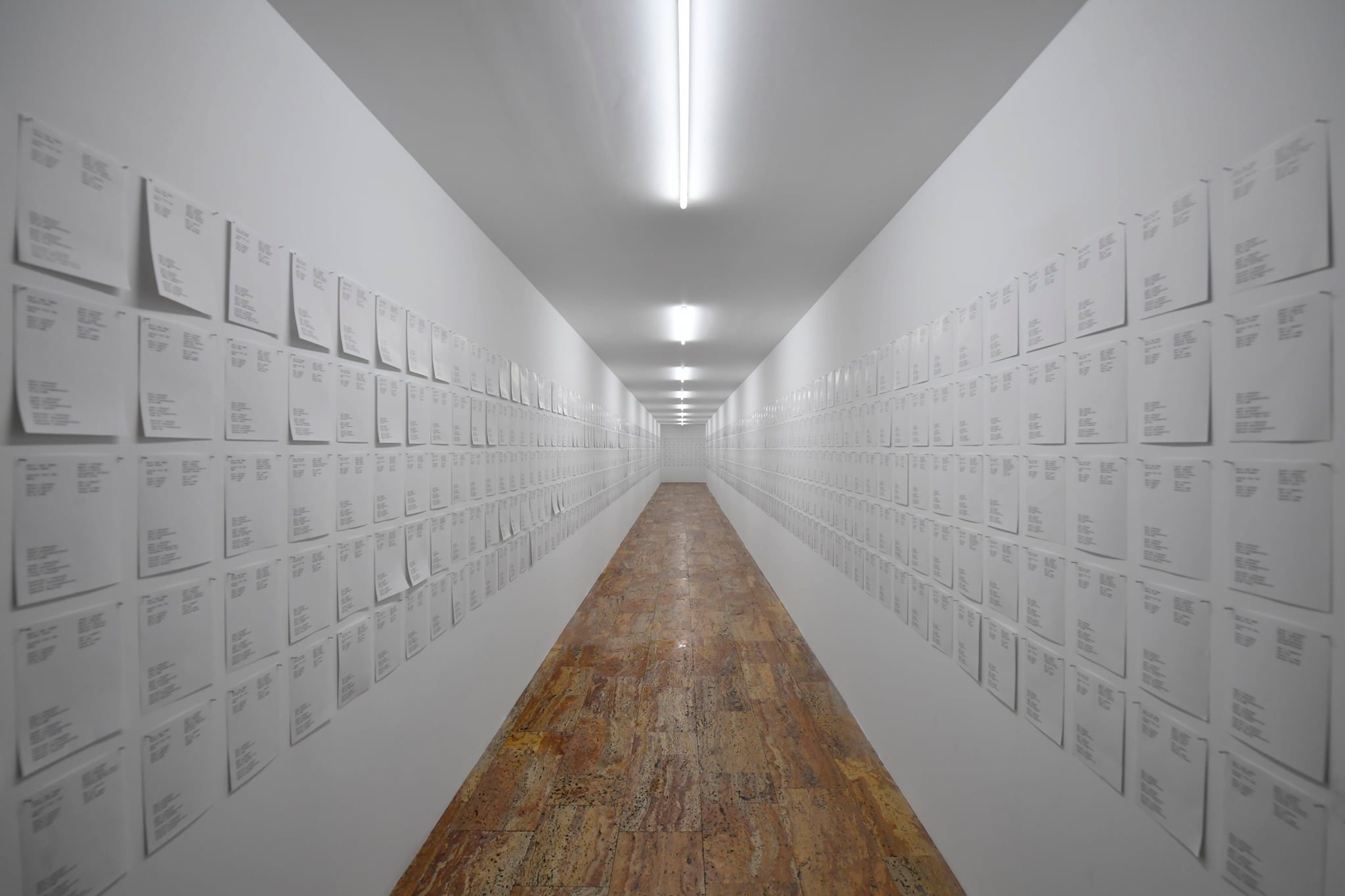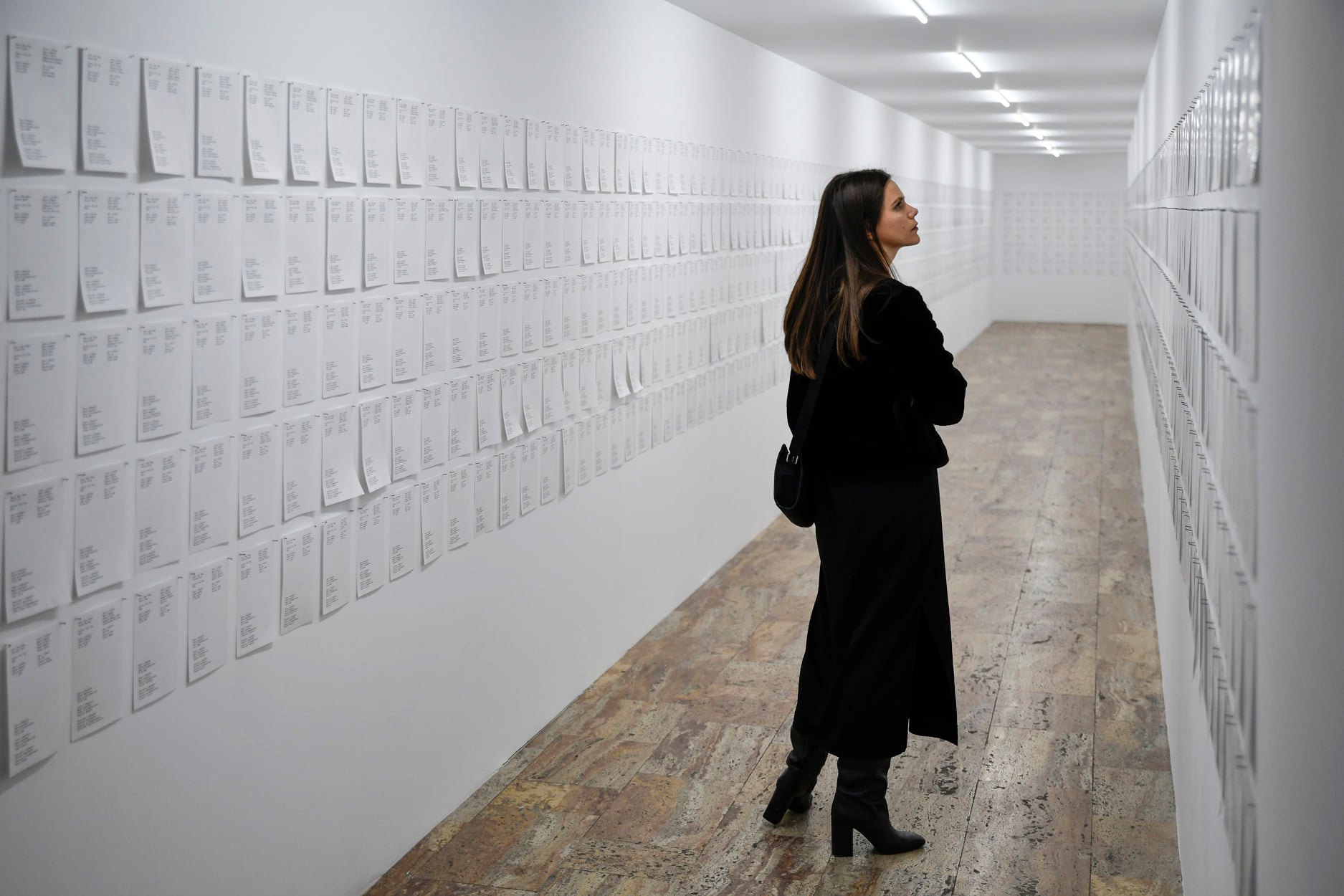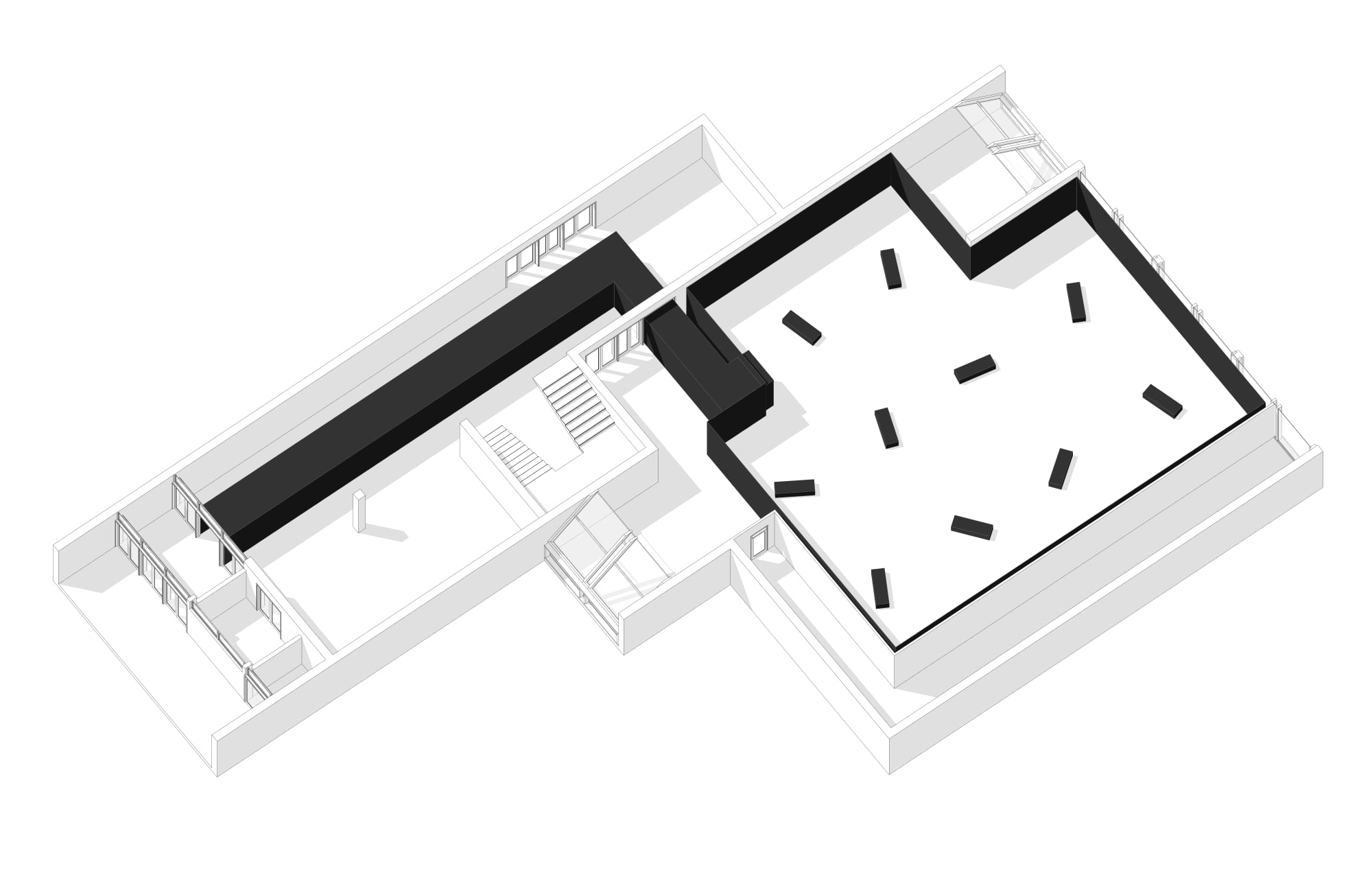✕
THE GRAVE IS BETTER THAN NOT KNOWING
This exhibition commemorates the 1622 persons who disappeared during the war in Kosovo and the immediate aftermath, including the years 1998 and 2000. It comes at a time of denouncements and the discovery of long suspected mass graves in the territory of Serbia.
The grave is better than not knowing is an excerpt from a conversation with Kumrije Jahmurataj, one of the many relatives of the disappeared still waiting for their loved ones. This phrase echoes just as mournfully as the indefinite wait of family members, which takes the shape of a macabre hope.
The details of the 1622 persons revealed in this exhibition are not the details of missing or disappeared persons, but rather the details of people who were abducted, made disappear by force, executed and hidden in mass graves, which, over the course of more than 20 years since the crimes were committed against the people of Kosovo, have been obscured, thus making the search and, as a result, their discovery, more and more complicated.
Grass has overtaken the soil where the traces and proof lie.
Within the space that shapes its outlines, this exhibition takes over a difficult role; due to a multitude of gaps and absences, it becomes a temporary grave that does not contain a human, but only his or her memory.
The past always comprises absence, first an absence of presence, and it is this very enigma that forms the base for the work of artist Driton Selmani. The enigma is that of the presentation of the absence, the manifestations of a past that is now behind us, of something that is preserved in memory and is essentially indestructible. Following the thoughts of philosopher Paul Ricœur on “Memory, History, Forgetting,” and adjusting them to the context, we see that 'the trauma remains even though it is inaccessible, unavailable. In its place arise phenomena of substitution, symptoms that mask the return of the repressed 'and that' in particular circumstances, entire sections of the reputedly forgotten past can return' (P.R 2004).
While material traces and physical memory in the form of documents and archives, in the form bodies, flesh and bones are degradable and unidentifiable and, as a result, lost, the traces imprinted on the cerebral cortex, which manifest as memories, perceptions or a reawakening of the unconscious, manage to survive. And it is precisely to this memory that the artistic intervention is dedicated, to the indestructible living memory of those who do not forget.
In fact, the stones and the time of the installation merge with each other's mission, becoming equivalents. A stone is, in essence, a multitude of elements and minerals that, together with time, allow for the formation of petrological mass. Stones are, much more than anything else, witnesses of time, because they themselves contain it, while time is a witness and steward of every layer of this petrological mass.
These two elements also contain the disintegrated shards of this barbaric humanity where the shared civilian body remains the final battlefield of modern conflicts.
The amnesty tendered from time to time by international and local institutions during the past two decades has led to episodes of collective amnesia, which remains eternally unresolved. It is a structured act of forgetting, with a layered bureaucracy that extends to all levels of everyday life, killing the victims anew and annihilating the disappeared over and over again. And finally, forgetting that the family members and loved ones of those forcefully disappeared, who live their lives seeking and waiting for answers, are the real victims. They resist with the strength of these stones while also waiting for a stone, that is, resolution, a cure for their indescribable anxiety and the possibility to weep over the grass that will sprout.
According to the most recent data from the International Committee of the Red Cross, the number is 1622. Date: October 11, 2021.
Exhibition:
Driton Selmani
Curator:
Blerta Hoçia
Exhibition Coordinator and Researcher:
Dardan Hoti
Graphic design:
Studio Permanent
Technical Coordinator:
Skender Xhukolli
Exhibition Architecture:
Besim Krosa
Photographs:
Atdhe Mulla, Ferdi Limani
Realized by:
Humanitarian Law Center Kosovo ,
KOSOVO 2.0
Supported by:
European Union Office in Kosovo,
Municipality of Pristina,
Swiss Confederation—Swiss Federal
Department for Foreign Affairs.
